first of all, many thanks for following the sunday inspiration series on instagram, i’m really enjoying sharing those thoughts with you. however, you will have noticed, it has so far featured the MODERN collection only. so i want to do something different today, and i’m going to share with you some of my inspiration of my more traditional (HERITAGE) collection. some of this is obviously inspired by the rich textile heritage of scotland (and more of that later) but there is of course also the influence of hungary and this post will focus on the latter - specifically, the flatweave “torontáli” rugs, particularly those made by this one factory in the south east of the country, in a town called békésszentandrás (yeah good luck trying to pronounce that one).
the art of weaving rugs came to hungary probably with the ottoman empire in the 15th-16th centuries and slowly evolved from those oriental, turkish patterns into folk motifs suited to the hungarian taste (torontál, where this type of flatwoven rugs are thought to have come from, was a county in old “big-hungary”, today it is partly in hungary and partly in serbia.)
the rug which we understand under this name today is always a pure wool flatweave with bold colours (reds, yellows, greens, blacks), with sharp contrasts and interesting, geometric folklore patterns which have been popular from the 1880s until today. at the late 19th - early 20th century they were made by a few manufacturers for a newly emerging middle-class, however, by the middle of the 20th century it conquered the world all thanks to this one factory. this archive news report from 1955 talks about exporting it to many countries (and wrongly names békéscsaba as the town where it’s made but in reality it is békésszentandrás.)
this factory in békésszentandrás has celebrated its 100th birthday a few years ago, they started producing carpets after the first world war starting with traditional hungarian and transylvanian folk patterns. by the mid-1920s they expanded their range to oriental, persian-style rugs and became known for their quality, by then they were exporting to many countries and were a major employer, mainly of women in the region, and they kept working during the world war, after nationalisation and they even escaped the devastating de-industrialisation of the 1990s.
i genuinely believe this is at least in part thanks to these torontáli flatweave rugs that remained quite popular throughout the times. i do not remember a single house i have been to as a child, which did not have at least one of these beautiful, “pixelated” patterns, although my family does come from the region too and it was an easy access. below is a collection of some of these family treasures - the brown one was on the wall around my bed when i was a kid - it was custom-made to order with the creativity of the weavers and i think it has a variety of mottle yarns as well as natural and brown wools. the geometry of these rugs is present on the KAKTUSZ tileset in the the most obvious way, but it’s safe to say that these rugs have influenced all of it, perhaps sub-consciously.
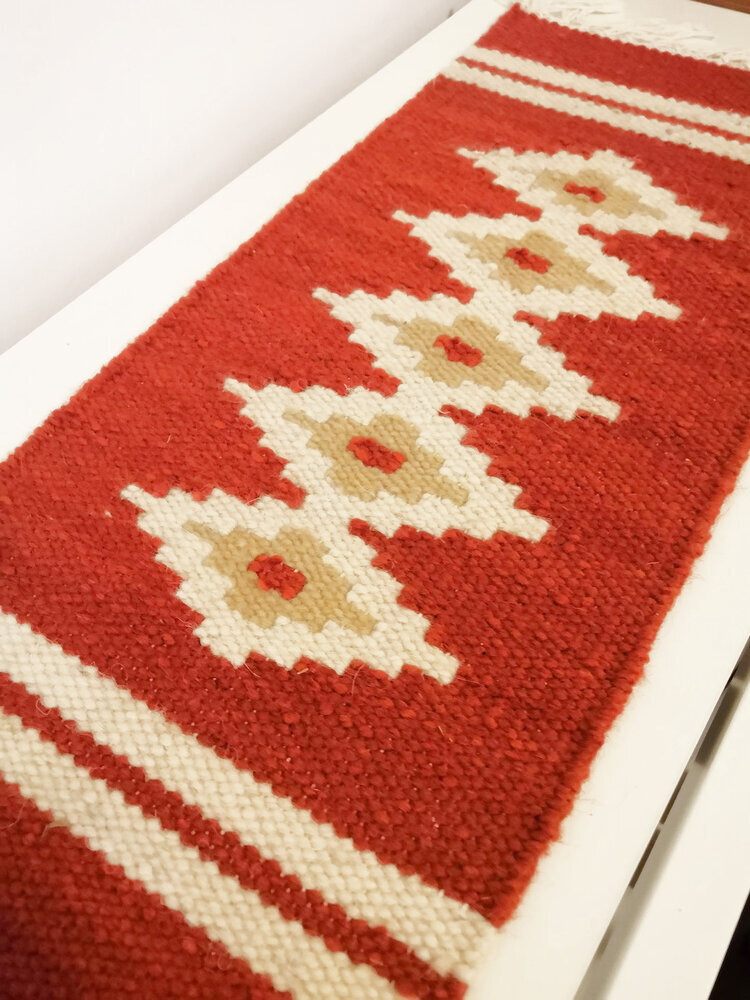
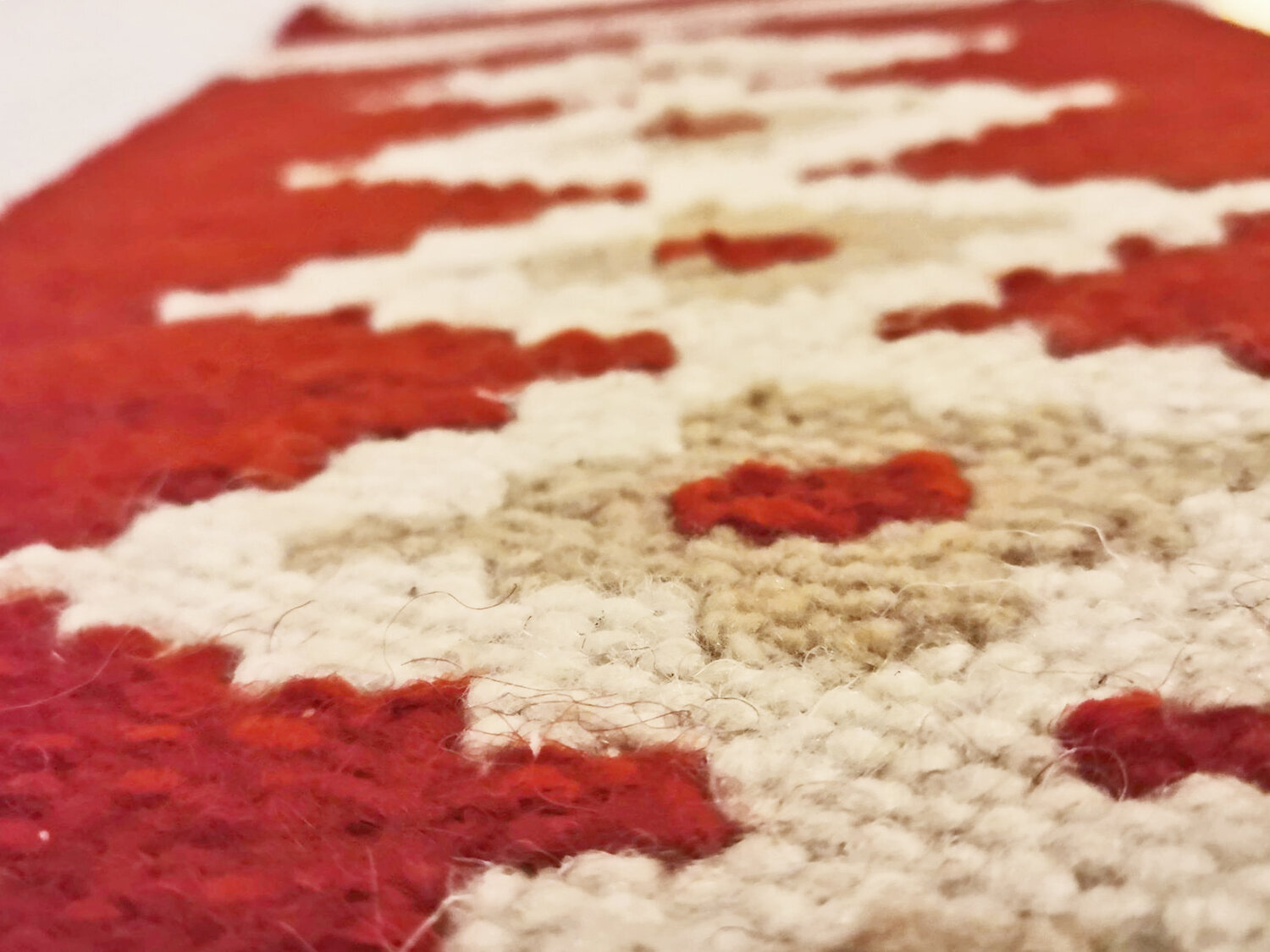

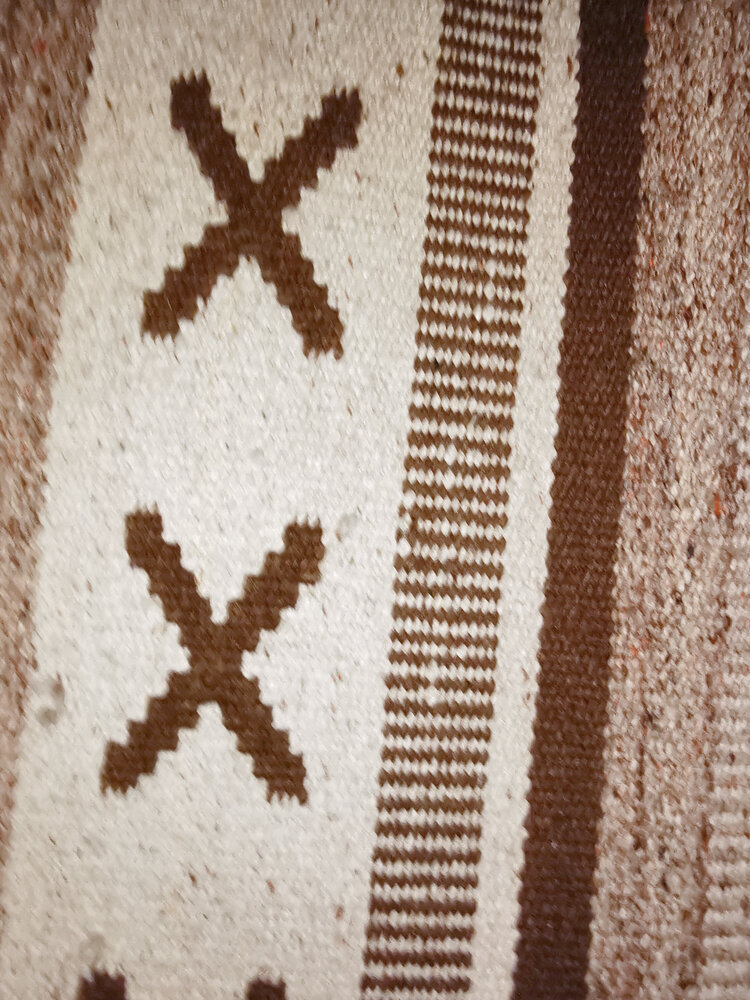
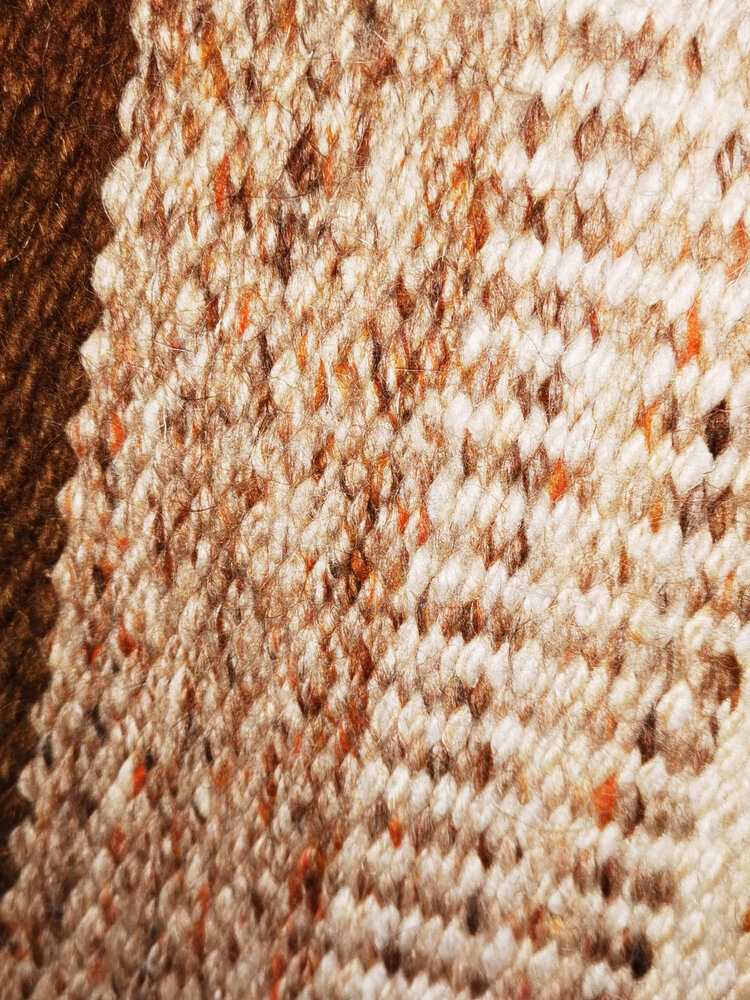
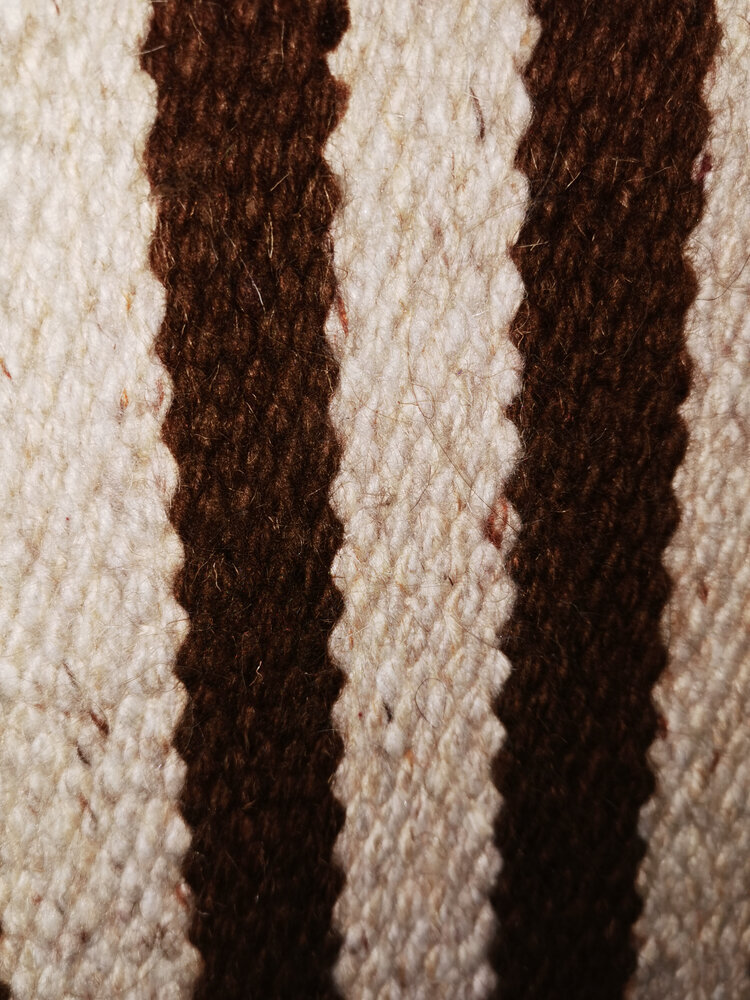
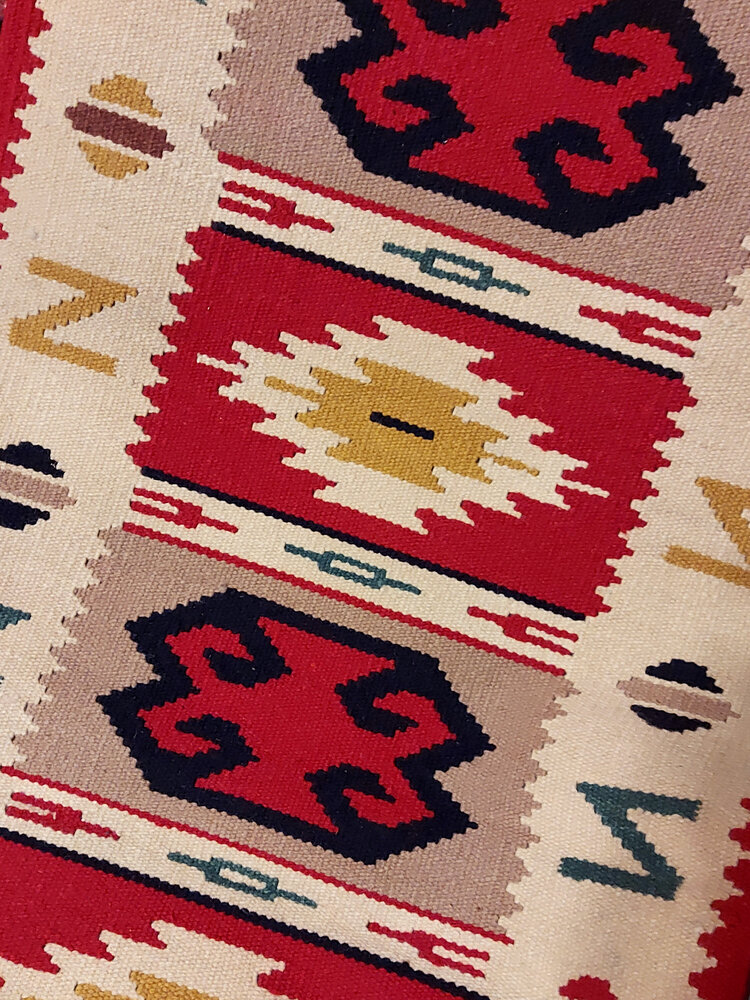
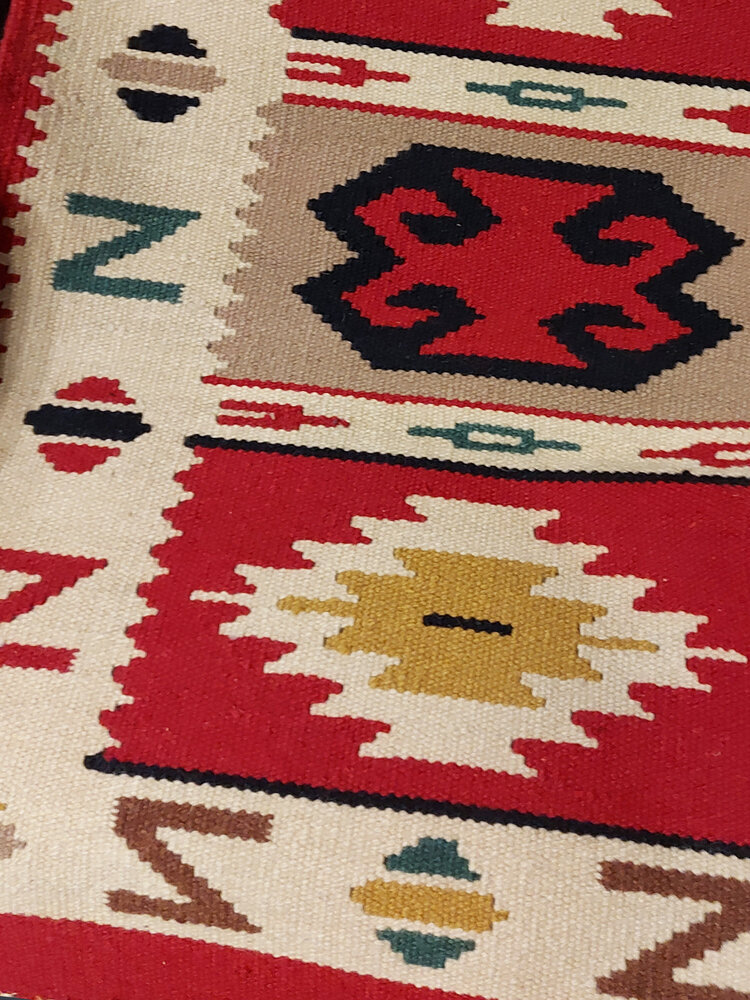
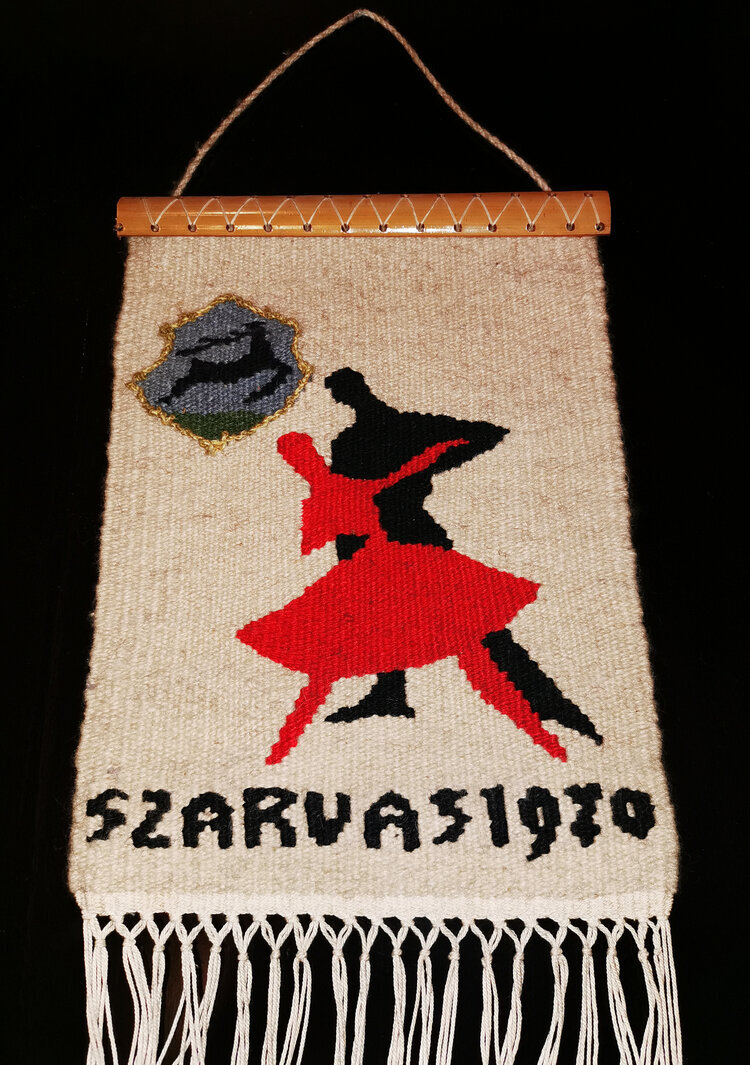
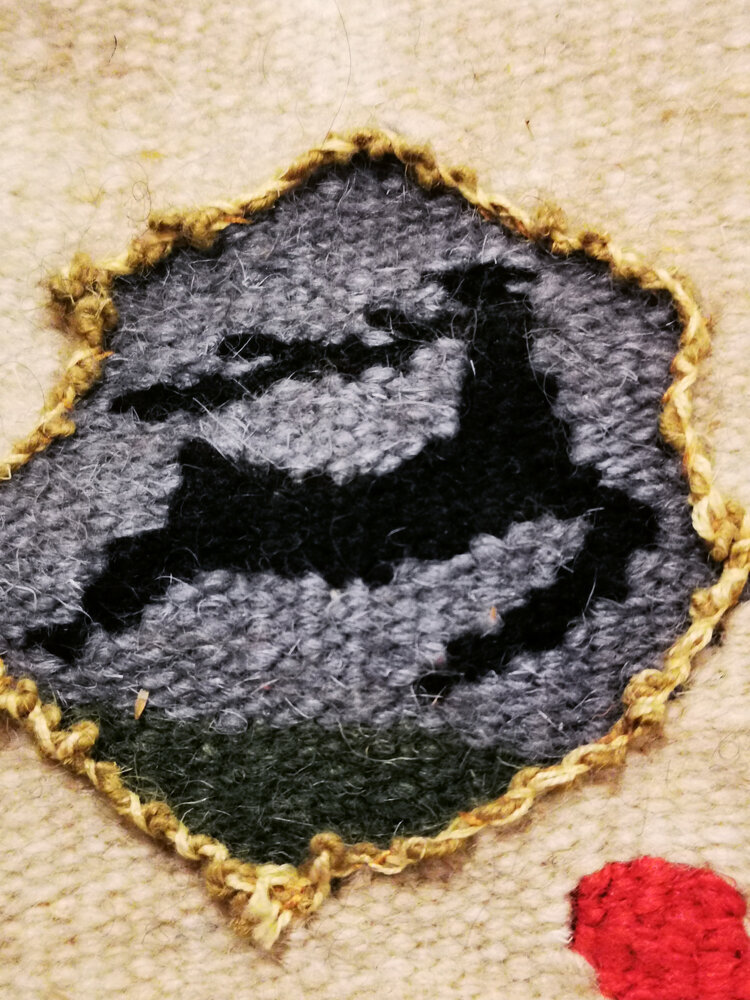
at the end, there is also this mini-tapestry, as memory of a dance competition in the nearby town of szarvas (which has a stag in the town crest). this woven, “pixelated” graphic is quite reminiscent i think of my floral prints that also have this effect to them even though it’s printed. i think to have this woven effect emphasises the heritage influence that drives this whole collection.
apart from all these family treasures, there are plenty more. the factory store sells most of these in unchanged form, to this day, and they are all really beautiful (and exactly how i remembered) here, see all this colourful range for yourself.
i hope you enjoyed this little trip onto soft, woolly surfaces. i’m sharing with you one more archive news footage from 1972, which is about the christmas anticipations of the design trade, and it showcases not only a whole lot of beautiful (and praised) rugs by békésszentandrás-based rug artist margit szabó, but also features a lot of great design from czechoslovakia and east germany, this is truly a gem! i hope you’re enjoying getting christmas ready too despite everything.

